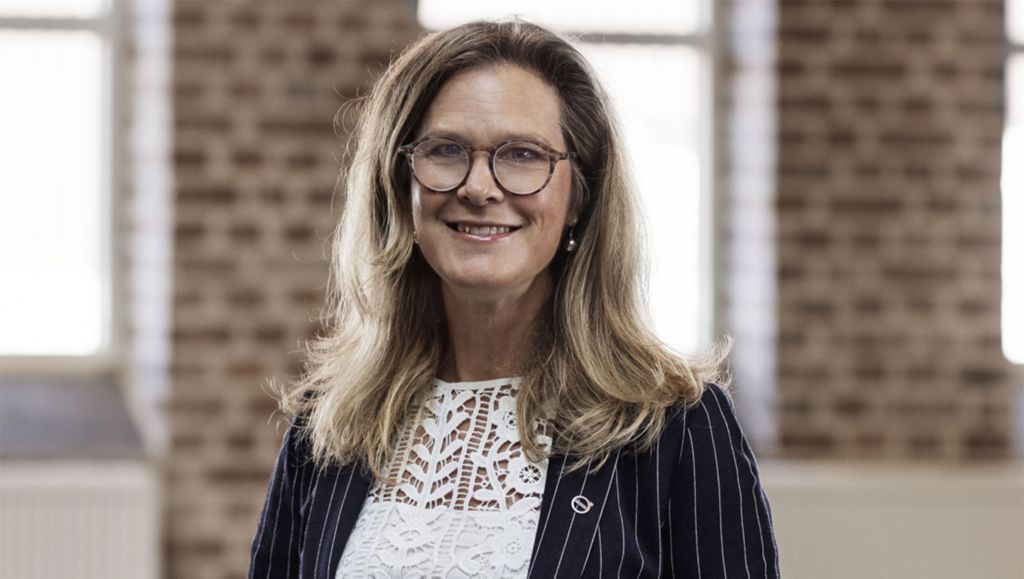Innovating Battery Circularity: An Interview with Volvo Energy's Elisabeth Larsson


Volvo Energy is developing battery circularity by repurposing electric vehicle batteries into energy storage with Connected Energy. We spoke to Elisabeth Larsson, Senior Vice President of Sales and Services, Volvo Energy, on their drive to develop a second life use for EV batteries when they come to the end of their vehicle use.
Volvo Energy, a division of the wider Volvo Group, is proactively planning for the end-of-life of their EV batteries, and the company’s work with Connected Energy is just one example of how they are doing this.
Elisabeth Larsson, explains: “The Volvo Group is driven by ensuring that every battery that powers our vehicles is used to its full potential, before being recycled. As vehicle electrification gathers pace, we will soon see millions of electric vehicle batteries complete their first life in a vehicle. But those batteries will still have an enormous potential, only having degraded by 20-30%. Our mission is to reuse and repurpose them to maximise their value.”
Volvo Energy champions battery energy storage as an element that is essential to the global increasing need for electrification and the increasing uptake of renewable energy.
Repurposing EV batteries for a second life in energy storage provides a key opportunity to utilise the anticipated rise in Volvo batteries we produce and retire from automotive applications, but it is so much more than that.
Elisabeth adds: “Energy storage can bring many benefits to our customers. It allows us to create a product that can optimise energy consumption, and creates a flexible extension of grid capacity, whilst supporting the power demands of EV charging – all whilst moving us towards a cleaner, more efficient energy landscape.”
Battery energy storage can be best thought of as a rechargeable battery – just on a significantly larger scale – storing energy when it is abundant, i.e. from renewable sources of wind and solar or directly from the grid.
Once stored, battery energy storage becomes a reliable and safe form of power that allows businesses to power up while reducing costs, minimising energy interruptions and creating an opportunity to earn revenue from your excess energy.
Elisabeth explains how Volvo Energy is making this happen: “Each battery in our vehicles is monitored closely using detailed battery data and AI. This means that we can monitor the performance and state of health which allows us to assess the suitability for their next application. It’s our knowledge and expertise about our batteries which allows us to ensure a seamless and circular journey for our batteries, whilst ensuring our customers receive the best possible product and service.
“This principle of the circular economy is a key pillar in Volvo Energy’s business strategy, as we recognise it has a myriad of benefits for its end-users. Suppliers and collaborators, such as Connected Energy, play a key role in helping us to make this happen.”
Repurposing EV batteries in line with circular economy principles is good for the environment, good for the consumer, and good for the Volvo Group and our partners.
Volvo Energy and Connected Energy last year signed a Letter of Intent with the ambition to jointly develop a battery energy storage system. The two companies have also recently collaborated on the installation of Connected Energy systems at two Volvo UK & Ireland dealerships.